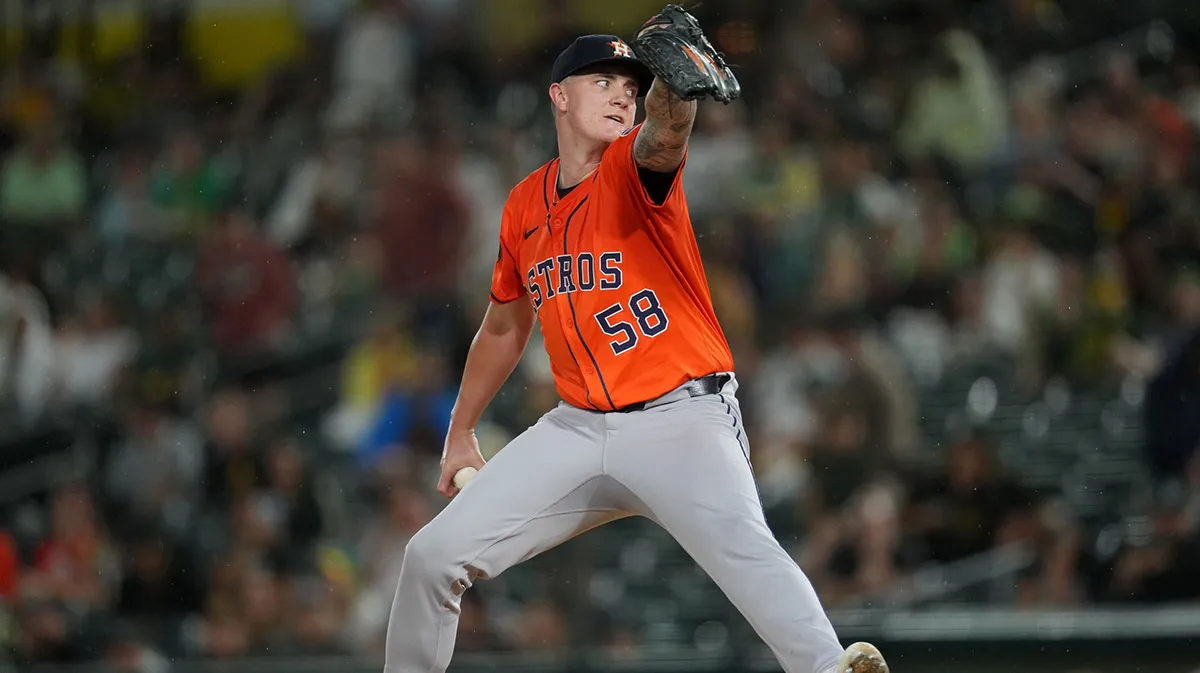Copyright batimes

President Javier Milei cannot win or lose the upcoming midterms in any absolute terms – any overall majority is beyond his grasp with only 151 of the 329 parliamentary seats at stake, while a failure to improve on the two La Libertad Avanza seats of the 2021 midterms (won by the two halves of the 2023 presidential ticket) looks equally impossible. It all depends on the yardstick – if measured against those two seats, even the most pessimistic scenario would look fantastic but if the benchmark is his 2023 run-off vote of 56 percent, even an optimal performance would be disastrous. All shades of grey – whether dark or light would depend for now on whether Donald Trump has done the trick or whether the macroeconomic continues trickling down too slowly to the microeconomic with new twists and turns all possible in this final month now starting. The most direct pointer is always going to be the opinion polls. No point in going into the current set since they stand to shift in the next few weeks – instead this column will look at the surveys immediately preceding the Buenos Aires Province elections earlier this month to underline their limitations. Five leading pollsters averaged a Fuerza Patria margin of two percent, the forecast of three of them while another tipped three points and a fifth a minimal lead. But one reputable firm had Milei three points ahead with one rash forecast even giving him a double-digit landslide, including a four-point lead in the Peronist stronghold of the Third Section (southern Greater Buenos Aires). One pollster placing Fuerza Patria nine points ahead and a television pundit forecasting seven percent subsequently received plaudits for being bang on, but even they fell well short of the electoral deficit of almost 14 percent now dogging Milei. The pollsters can be excused for both specific and more general reasons – turnout and a strategically timed scandal pointing to graft in the ANDIS national disability agency were factors strongly influencing the result while the liquid universe of modern technology makes it impossible to track voting in real time. But this column’s advice is to steer clear of seeing the opinion polls as any guarantee. Since the recount in the last ballot-box (Mesa 66 in Villa Gesell) was already concluded 10 days ago, this column had aimed at giving the final results of the Buenos Aires Province elections but at press time these had not been published by the official website (perhaps they will have appeared by the time this newspaper is read) so closure will have to wait another week. While exact figures are still pending, it would seem that no recount served to change the distribution of seats in either the provincial senate or legislature – nominally the main purpose of the provincial midterms but beside the point in most eyes. The elections were nominally provincial but were nationalised by their presentation as a plebiscite in favour of Milei or against Kirchnerism (a polarisation drawing some 81 percent of the vote), a nationalisation only intensified by the impact of the upset result, yet there is a case for saying that deep down the contest was neither national nor provincial but local. If that is granted, the dice were loaded from the start against Milei because Peronist mayors govern something like three-quarters of the electorate. This head start of Kirchnerism having seven dozen mayors as against four dozen for other parties need not have been inevitable with wiser electoral strategy in 2023 instead of the idiotic tussle for the presidential candidacy between Horacio Rodríguez Larreta and Patricia Bullrich within PRO followed by the equally mindless splitting of the non-Peronist vote between rival centre-right and libertarian gubernatorial candidates. Of the 135 districts comprising Buenos Aires Province, 98 tagged behind the local mayor in a strong demonstration of the municipal tail wagging the provincial dog. Urban party machines seemed to carry more clout than local – in the First and Third Sections (largely northern and southern Greater Buenos Aires) with 71 percent of the electorate, no less than 37 of the 43 districts endorsed the party of their city halls whereas in the most rural of the sections (the Seventh in the middle of the province) only half the districts fell into line. Such alignment was thus 86 percent in Greater Buenos Aires while less than two-thirds inland. Of the 37 districts defying their local governments, the Peronists grabbed over half the 48 municipalities in other (mostly Radical) hands for a net gain of 16. Fully 40 of the 43 Greater Buenos Aires districts went Governor Axel Kicillof’s way with a clean sweep of all 19 Third Section districts (where Peronism had previously dominated with 16) while in the north only the opulent districts of Vicente López and San Isidro and Diego Valenzuela’s Tres de Febrero continued to resist the Peronist tide, even if changing colours from yellow to purple. Although only winning in 30 districts in their alliance with PRO, no less than nine of these La Libertad Avanza victories were at the expense of the otherwise triumphant Peronists – a surprisingly high number. The most important and most surprising of these gains was flood-stricken Bahía Blanca, given the Milei’s government’s churlish attitude in prioritising austerity to reconstructing the shattered port city following the catastrophe last March. Other curious cases in this category were the conservative districts of Azul and the polo shrine Coronel Suárez – somehow they managed to elect Peronist town halls during Milei’s surge to the Presidency, only to disown them amid this month’s rampant Fuerza Patria triumph. Mayoral tails wagged gubernatorial and presidential dogs in Buenos Aires Province but next month’s midterms stand to be genuinely, not synthetically national with the state of the economy and the quality of governance deciding votes. Hopefully Buenos Aires Province can be given closure next weekend with the rest to be continued for another month.



